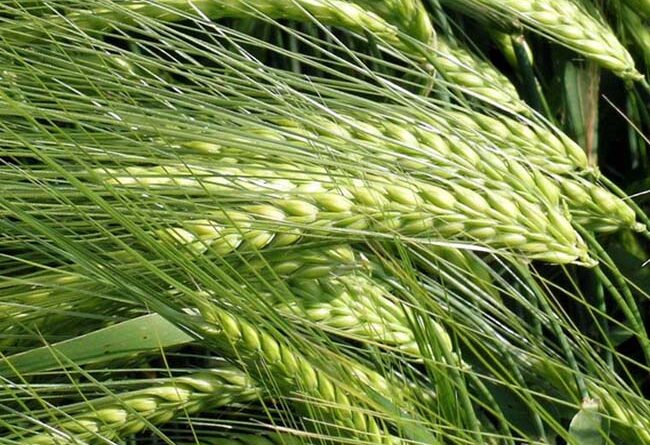GENETIC DIVERSITY: DISCOVERY OF MAJOR DIFFERENCES AMONG VARIETIES OF THE SAME SPECIES OPEN NEW PERSPECTIVES FOR CROP BREEDING
New research demonstrating the great plasticity of the barley genome has been published in “The Plant Journal”.
For a long time, genetic differences among varieties of the same species were thought to be minimal. Recently, sequencing of a large number of varieties of the same species revealed the existence of “fluid” genomes, characterized by a changing number of genes and which differ from each other by large DNA segments, capable of containing various genes. A significant advance in understanding this kind of genetic diversity, is provided by a new study on barley, carried out within the European WHEALBI project – a collaboration among the University of Milan, PTP Science Park, a Scottish institution (James Hutton Institute) and a German one (Leibniz Institute of Plant Genetics and Crop Plant Research) and coordinated by Agostino Fricano, researcher at CREA Genomics and Bioinformatics. Indeed, analyses of partial sequencing data of about 400 local populations, ancient and modern varieties of barley, demonstrated that varieties differ from each other for the presence or absence of large DNA segments. The work involved sequencing the expressed part (the genes) of all the varieties and comparison with a reference variety, for which the whole genome sequence is available. The results, published in “The Plant Journal”, highlighted about 15,000 DNA segments present only in some varieties and absent in others, or present as a single copy in some varieties and as multiple copies in others (a phenomenon known as copy number variation- CNV). These data demonstrate the incredible plasticity of plant genomes in general and barley in particular. This species is used as a model for the study of more complicated cereals such as wheat and highlights how genetic diversity within a species is not limited to point mutations in individual genes, but also involves frequent deletion or duplication events. “Until a few years ago it was thought that genetic diversity and therefore differences among the varieties of a species, were mainly due to variations between single DNA bases (single nucleotide polymorphisms or SNPs) -explains Agostino Fricano (CREA), coordinator of the work- Application of massive sequencing technologies to cultivated species has allowed us to detect the widespread occurrence of presence / absence of large stretches of DNA and to demonstrate that genes with specific functions are more prone to undergo copy number variations.” “Sequencing analyses of large germplasm collections are teaching us a lot about the history of cultivated plants” comments Laura Rossini of the Department of Agricultural and Environmental Sciences of the University of Milan, who coordinated the sequencing work in collaboration with PTP “for example the variation of copies of particular genes may allow plants to adapt to different environmental conditions”. “In an era where the insertion of a single gene in a variety raises public acceptance issues, knowing that natural populations or cultivated varieties of the same species differ from each other in the presence / absence of large stretches of DNA is a perfect example of how nature is much more flexible than is commonly believed” says Luigi Cattivelli, director of the CREA Research Center for Genomics and Bioinformatics “This study opens future research opportunities on the pangenome (the sum of all the genes found in the different varieties of a species) which represents a new dimension in the study of genetic diversity, with evident repercussions for genetic improvement and the adaptation of crops to climate change.
Figure: barley spikes.
REFERENCE
Gianluca Bretani, Laura Rossini, Chiara Ferrandi, Joanne Russell, Robbie Waug, Benjamin Kilian, Paolo Bagnaresi, Luigi Cattivelli, Agostino Fricano (2020) ” Segmental duplications are hot spots of copy number variants affecting barley gene content”. The Plant Journal [DOI: https://doi.org/10.1111/tpj.14784 ].
WEB LINK

